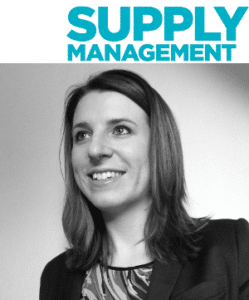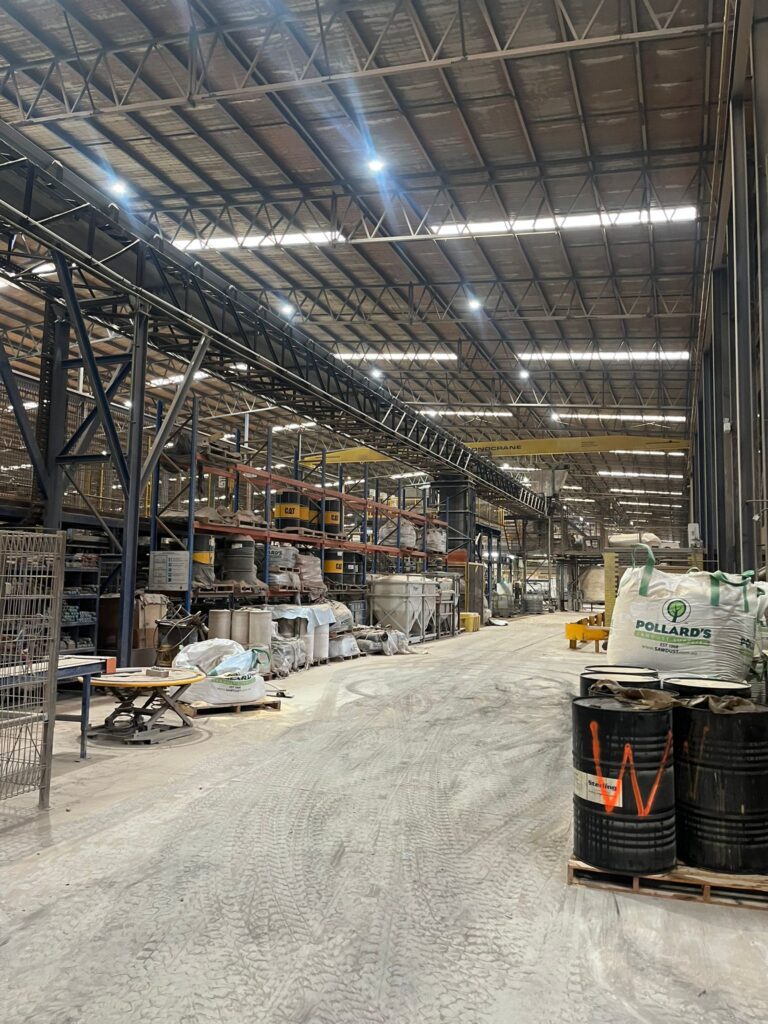Crimson & Co are pleased to announce Senior Consultant, Laura Magee’s comments on rotating buyers in Supply Management online.
Rotating buyers and exposing them to different categories can help to build capability in the team and reduce the risk of complacency and fraudulent activity.
But before you start to shake up your procurement team consider the implications. It’s time for a reality check; is this the right time to rotate categories and are the team ready for it?
Knowledge management
If you were to hand your category to a colleague tomorrow what useful documents would you give them? A lot of us would think about the contract or the category strategy. These are hugely important but are they up-to-date, accurately reflecting what is going on in the business as well as the external market? A lot of the useful knowledge is tacit – that undocumented knowledge we have built up through experience. For the business this is valuable, it’s our competitive advantage as a procurement function and so often overlooked.
Rotating or sharing categories can transfer this knowledge between team members, but it is not quick and easy. Knowledge transfer shouldn’t just happen when someone leaves or changes roles, it should be part of a culture that recognises the value of that knowledge and fosters a strong team ethic for sharing information.
Staff management
Some people get itchy feet after 18 months, looking for something new to excite them. These individuals may welcome the chance to work on a new category. Others like to become experts and thrive on knowing the detail. These individuals may have taken years to become knowledgeable about their category and could be a huge asset to the business. This doesn’t necessarily mean they shouldn’t rotate categories, if sensitively managed the individual can get satisfaction from sharing their expertise with others and this also ensures knowledge is not only in one person’s head.
Category rotation should be considered when carrying out manpower planning. Exposing members of the team to new categories doesn’t only ensure business continuity it can also increase job satisfaction if managed effectively.
Stakeholder management
This is key to category management. Relationships with suppliers and internal stakeholders are built over time and are not easy to transfer to someone else. Most of us can remember a time when we have taken over a category of spend and felt on the back foot, relying on suppliers to fill in some of the details. Strategic suppliers often know the company better than the buyer; they know the culture, the history and the key contacts. As the new category manager gets up to speed, supplier development initiatives will lose pace or may not even feature in the knowledge transfer.
When your are rotating categories internal stakeholder buy-in is important. They will know the suppliers and if they are well-managed advocates of procurement, will continue to support the new category manager.






